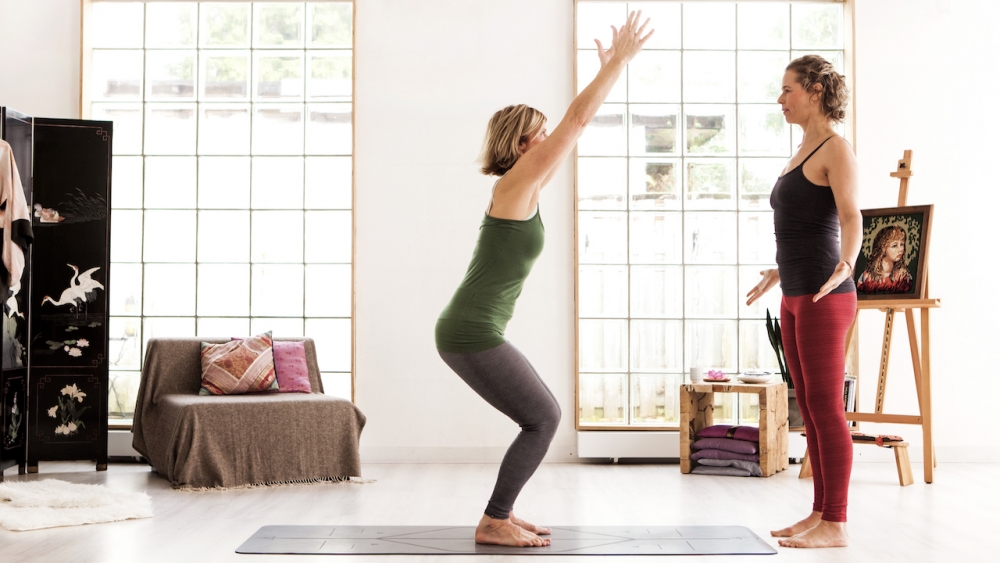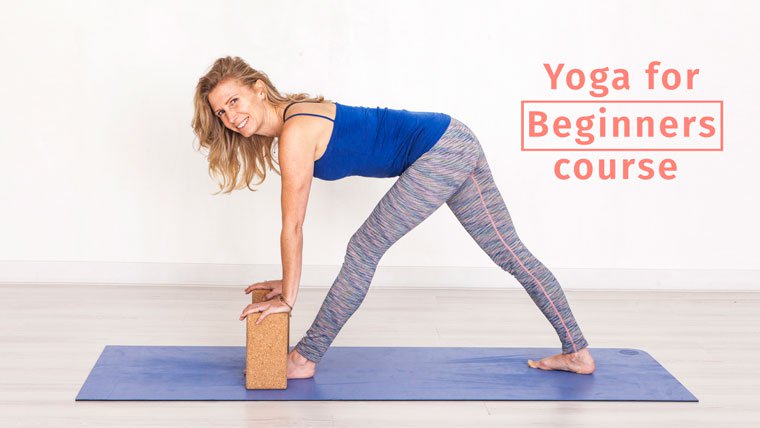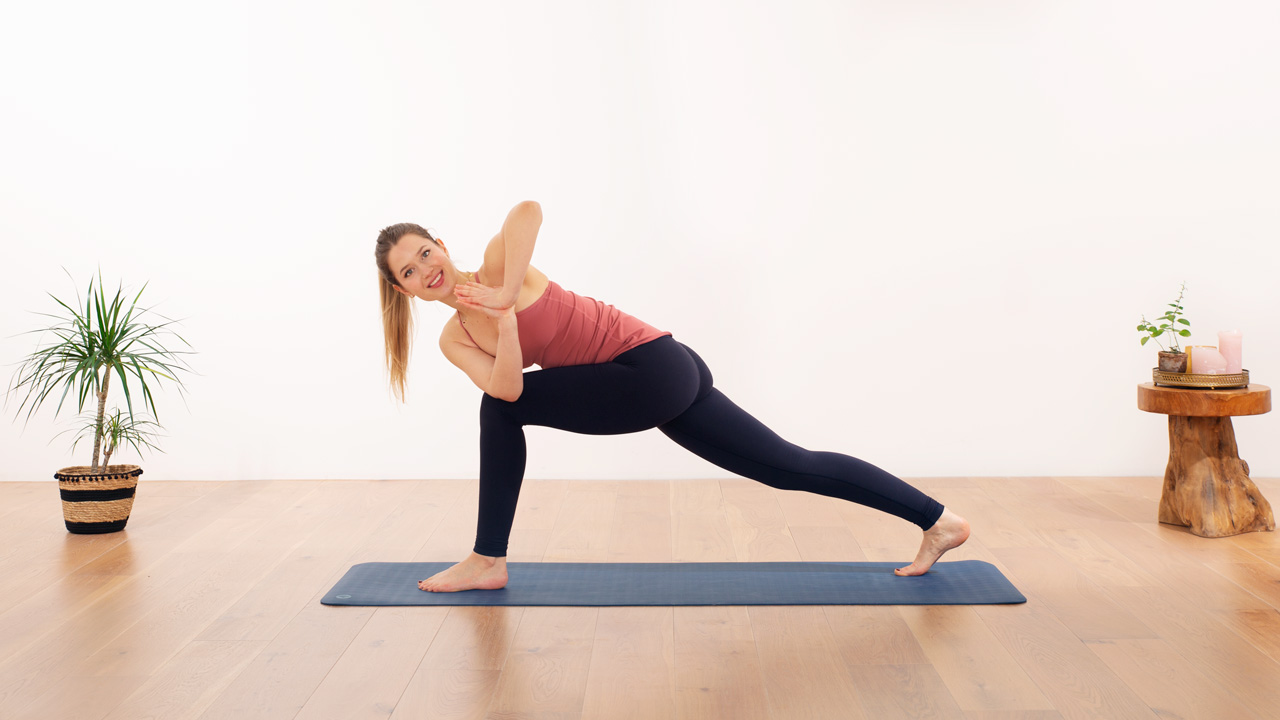1. Accept you’re a beginner
Learning to play an instrument, driving a car, and even baking a cake are all things we can accept we’re beginners at when we start off, so when it comes to starting a yoga practice, remember being a beginner is okay. If you feel frustrated that your hips are still tight after a couple of classes, or you’re still confused about the postures after a month, remember that you’re at the beginning, and just like tuning an instrument, fine-tuning the body takes time.
- Read more: The benefits of a beginner’s mind
2. Go slow
There are lots of fast-paced, fitness-based yoga classes out there, which are great for cultivating an uplifted mind and sense of power, but they can also lead to injury if you’re not familiar with the postures and transitions. Be patient for the first few weeks of practice, and choose classes that are a little slower so you can get to grips with alignment and movements on the mat. Booking a couple of one to one sessions with a local teacher is even better.
- Practise: Slow flow yoga classes with us
3. Breathe
It might seem silly that you’d forget to breathe, but we all do it. If you find yourself in a challenging shape or particularly difficult balancing posture, remind yourself to breathe! When we breathe in an even and relaxed way, we send a message to the body and brain that everything is okay, and this helps to reduce stress levels, and increase a sense of wellbeing. If you don’t remind yourself to breathe, your yoga teacher will!
- Read more: The importance of the breath in yoga
4. Get a suitable mat!
Speaking of movements on the mat, this rather practical tip could save you a lot of slipping and sliding: get a yoga mat that doesn’t make your hands and feet slip, refrain from applying hand cream before class, and opt for a mat that isn’t too thick or squishy. Trust me, all of these things will help you feel far more confident and focused during your yoga practice!
- Read more: Best yoga mat review
5. Release expectation
Within the yogic texts, releasing expectation is something we’re taught about again and again. When we focus only on the outcome of a situation, we deny ourselves the ability to really be present and fully in the moment itself. The result, outcome or achievement of any practice is not something we have control over – so let go of being ‘good’ at yoga, and focus on the moment you’re in right now.
- Read more: Aparigraha – practising non-attachment
6. Forget the pictures, focus on you
It’s easy to get caught up in the notion that you’ll have to squeeze yourself into a shape or perform acrobatic feats during a yoga class, especially when there are plenty of images on social media of pretzel-like shapes and handstands perpetuating this idea. The thing is though, everyone is different, and everyone comes to yoga for a different reason. There is no ‘one size fits all’ approach to practising yoga, and it certainly isn’t about what you can do with your body. Forget about the pictures or perceptions of yoga you may have seen before; your yoga practice is about you.
You can learn more about this in Rose van Ooijen’s 6 part Vinyasa Yoga for Beginners program.
7. Remember: how you do one thing is how you do everything
This is a subtle yet fascinating part of yoga, and can help develop body-mind awareness in a powerful way. If you hunch your shoulders in your yoga class, you probably do this in everyday life. If you hold your breath or grit your teeth, you probably do this in daily life too. All these small actions send stressful messages to the body and brain, so take note and see if you can work on them both on and off the mat.
- Read more: Growing your awareness on and off the mat
8. Focus on your foundation
Whether your hands or feet are holding you in a posture, the foundation of your body is incredibly important. Just like the foundations of a house, the whole structure relies upon it, so pay attention to the way your hands and feet are placed. Spread your fingers and toes to create a base of support, and listen to those small cues from your teacher.
- Read more in The role of our hands and feet in movement
9. Care for your core
A strong core not only helps you feel more powerful, it can make your yoga practice easier and more enjoyable too. As the centre of the body, the core is involved in virtually every movement we make. The stronger your core is, the less likely you are to get injured, and the more likely you are to stop thinking about how much your body is shaking, and start focusing instead on calming the mind…
- Read more: 4 ways to test and train your core strength
10. Take it with you
A yoga practice isn’t just something we can only do on the mat – it’s a life-long process. The mindfulness, breathwork, self-confidence, strength, release of expectation, focus and presence we build in each yoga class can be translated into everyday life, which means we get to benefit from yoga throughout the whole day, and pass those benefits on to everyone we interact with too!



